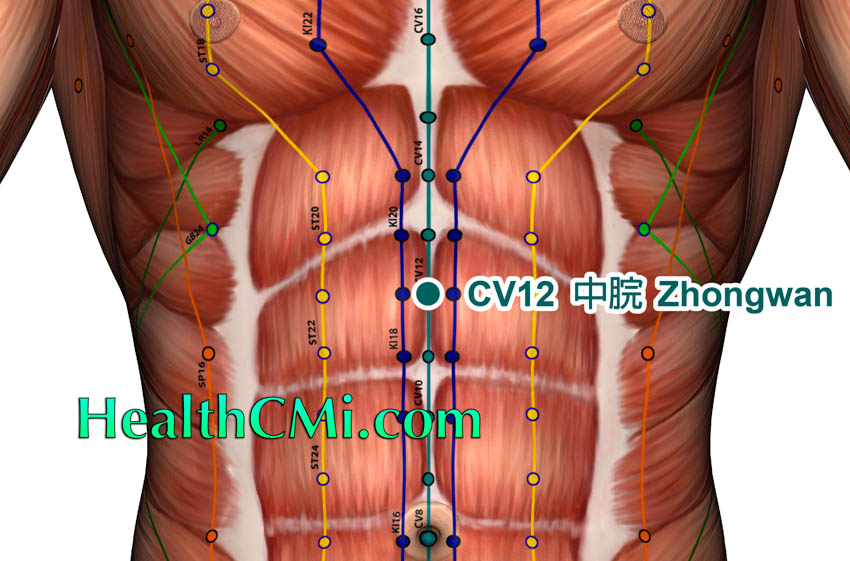Acupuncture is effective for the treatment of nonalcoholic fatty liver disease (NAFLD). Nanjing Hospital of Traditional Chinese Medicine researchers compared two groups in a controlled clinical trial. The control had basic lifestyle intervention monotherapy. The second group not had the same lifestyle changes as the control group, but also received electroacupuncture. The latter presented superior patient outcomes.
NAFLD may be asymptomatic. Patients with obesity, metabolic syndrome, or diabetes are at higher risk of developing NAFLD. This disorder involves the development of fat in the liver with concomitant liver damage and inflammation. Blood tests, imaging, and biopsies are used to diagnose this disorder. Treatment often involves a dietetics program focused on a healthy weight and general diet. The research in this article shows that the addition of acupuncture to a dietetics protocol improves patient outcomes.
The researchers used a sample of 90 NAFLD in-patients. The patients were randomized into a lifestyle intervention control group and an electroacupuncture plus lifestyle intervention group. The lifestyle intervention for both groups consisted of a 500–700 kcal intake reduction along with performing moderate to intense exercise for 30 minutes, five to seven times per week.
The measurement parameters in the study included three categories:
- Hepatic fat status: controlled attenuation parameter (CAP) and liver stiffness measurement (LSM)]
- Liver enzymology, glycolipid metabolism and insulin sensitivity: alanine aminotransferase (ALT), aspartate aminotransferase (AST) and γ-glutamyl transferase (GGT), fasting plasma glucose (FPG), fasting serum lisulin (FINS), homeostasis model assessment of insulin resistance (HOMA-IR), total cholesterol (TC), triglyceride (TG), high-density lipoprotein cholesterol (HDL-C), and low density lipoprotein cholesterol (LDL-C)
- Somatological parameters: body weight (BW), body mass index (BMI), fat percentage (FP), waist circumference (WC), hip circumference (HC), and waist-to-hip ratio (WHR).
Statistical baselines were similar before the study commenced. Upon completion of the treatment course, the numbers in both groups declined for CAP, LSM, ALT, AST, and GGT. It is clear that the lifestyle changes improved the patients’ health in both groups. However, the data for CAP and ALT demonstrated a greater reduction for the patients who also received electroacupuncture. Furthermore, the somatology parameters also decreased in both groups, but the WC and the WHR numbers illustrated a larger decline in the electroacupuncture group. With reference to hepatic enzymology, glycolipid metabolism and insulin sensitivity, FINS, HOMA-IR,TC, TG, and LDL-C the figures dropped significantly and the HDL-C rose markedly in both groups. Whereas the FPG, FINS, HOMA-IR, TC, and TG dropped significantly lower only in the electroacupuncture group. [1]
The following outlines the needling therapy for the electroacupuncture group. The patients were in a supine position. Sterile needles (0.25 × 40 mm) were inserted to a depth of 15 to 35 mm. The needles were connected to an electroacupuncture device upon the arrival of deqi. The positive electrodes were linked to bilateral SP15 (Daheng) while the negative ones were linked to ST24 (Huaroumen). A disperse-dense wave was applied at a frequency of 2 Hz alternating with 100 Hz. Intensity was set between 1–10 mA.This procedure was conducted on alternate days, with a rest day after every three sessions. The following acupoints were used:
- CV12 (Zhongwan)
- LI11 (Quchi)
- CV9 (Shuifen
- ST24 (Huaroumen)
- SP15 (Daheng)
- CV4 (Guanyuan)
- CV6 (Qihai)
- ST40 (Fenglong)
- SP6 (Sanyinjiao)
- LV3 (Taichong)
- SP10 (Xuehai)
A different electroacupuncture study was conducted to address the anxiety and depression that results from NAFLD. In an independent trial performed by researchers in Shandong Hospital of Traditional Medicine, researchers used electroacupuncture on Jiaji (EX-B2, T7-T10) points to relieve anxiety and depression in NAFLD patients.
Needles were inserted swiftly toward the spine with a 75 degree angle to the skin surface. After achieving deqi, an electroacupuncture device was connected to both T7 and T10 acupoints on the same side. A disperse-dense wave was applied at a frequency of 2 Hz alternating with 100 Hz. The intensity was set according to the patients’ tolerance levels. Treatment procedures were conducted on alternate days for a total of two months.
The results show an improvement in patients’ liver enzymology levels, blood lipid levels, as well as decreasing the patients’ levels of anxiety and depression. The researchers note that applying acupuncture on Jiaji acupoints relieves symptoms of pain and fatigue, regulates the liver and gallbladder function, stabilizes patients’ emotions, and elevates patients’ mood.
As indicated in both studies above, electroacupuncture improves hepatic fat status, liver enzymology, glycolipid metabolism and insulin sensitivity, in addition to addressing enhanced somatological parameters and offering relief from anxiety and depression in NAFLD patients. Based on the findings, acupuncture is recommended as part of a comprehensive treatment protocol.
Reference:
1. Dong Can, Zhang Cairong, Xue Boyu, Miu Weifeng, Fang Nanyuan, Li Kang, Ou Zengjian, Xu Yuqi. Electroacupuncture Combined with Lifestyle Control on Obese nonalcoholic Fatty Liver Disease: A Randomized Controlled Trial, Chinese Acupuncture & Moxibustion, Feb. 2020, Vol. 40 No. 2.



